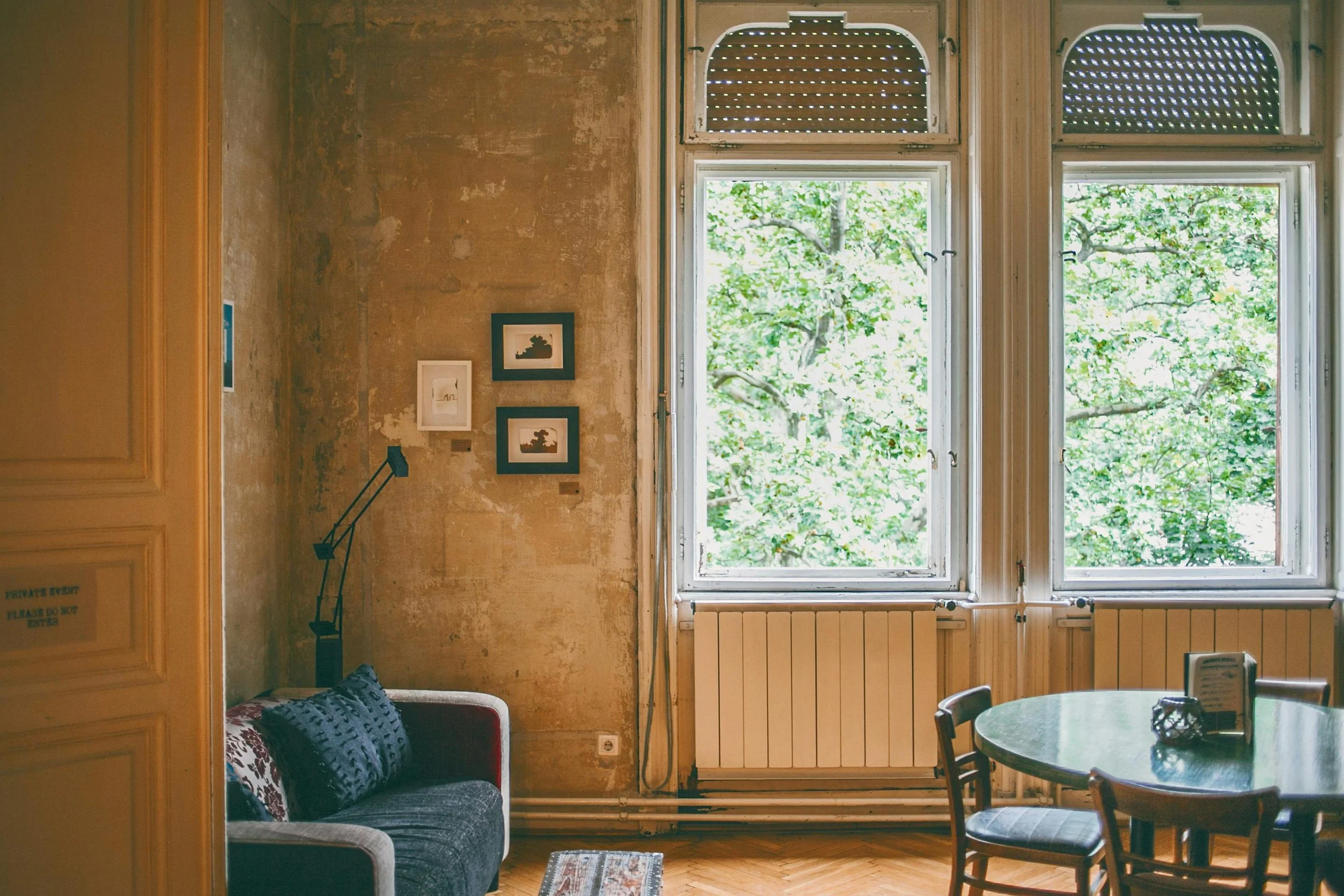Mixed Textures: Embracing Interior Design Trends In Graphic Design
In the world of design, inspiration often transcends traditional boundaries. Just as interior designers draw from diverse elements to create captivating spaces, graphic designers can infuse their work with innovative concepts borrowed from other disciplines. One such trend that has been making waves in 2024 is the mixed textures interior design trend. This trend seamlessly blends various textures, materials, and finishes to add depth, interest, and personality to interior spaces. Drawing inspiration from this trend, graphic designers can take their creations to new heights by incorporating a similar approach into their work.
The Allure of Mixed Textures
In interior design, the use of mixed textures adds depth, visual interest, and a sense of richness to a space. Whether it's the juxtaposition of rough and smooth surfaces, the interplay of matte and glossy finishes, or the combination of natural and man-made materials, the result is often a harmonious blend of contrasting elements that elevate the overall aesthetic.
Similarly, in graphic design, incorporating mixed textures can breathe life into otherwise flat and uninspired designs. By layering different textures, designers can create visual intrigue, evoke tactile sensations, and communicate a sense of depth and dimensionality.
Translating Mixed Textures into Graphic Design
So, how can graphic designers harness the essence of the mixed textures trend in their work? Here are a few techniques to consider:
Digital Textures: Embrace the vast array of digital textures available today, from gritty grunge overlays to delicate watercolor washes. Incorporating these textures into your designs can add complexity and nuance, whether you're creating a website layout, a poster, or a social media graphic.
Layering Effects: Experiment with layering different elements—such as photographs, illustrations, and typography—each with its own texture or finish. Play with blending modes, opacity levels, and masking techniques to achieve intriguing combinations that draw the viewer in.
Material Inspired Palettes: Take cues from the materials commonly found in interior design—such as wood, metal, concrete, and fabric—and translate their colors, patterns, and textures into your design palette. This can create a cohesive visual language that resonates with the mixed textures trend.
Tactile Typography: Explore typography treatments that mimic the look and feel of physical materials. Consider using textured backgrounds or overlays to give your text a sense of depth and tactility, or experiment with lettering styles that evoke the grain of wood, the sheen of metal, or the softness of fabric.
Collage and Assemblage: Just as interior designers might create a collage of diverse materials and textures within a space, graphic designers can embrace a collage aesthetic in their work. Combine disparate elements—such as photographs, illustrations, found objects, and textures—into a cohesive composition that tells a rich and layered visual story.
Incorporating inspiration from the mixed textures interior design trend of 2024 into graphic designs opens up a world of creative possibilities. By embracing the principles of layering, texture, contrast, and materiality, graphic designers can elevate their work to new heights, creating designs that are not only visually captivating but also rich in depth and personality.


